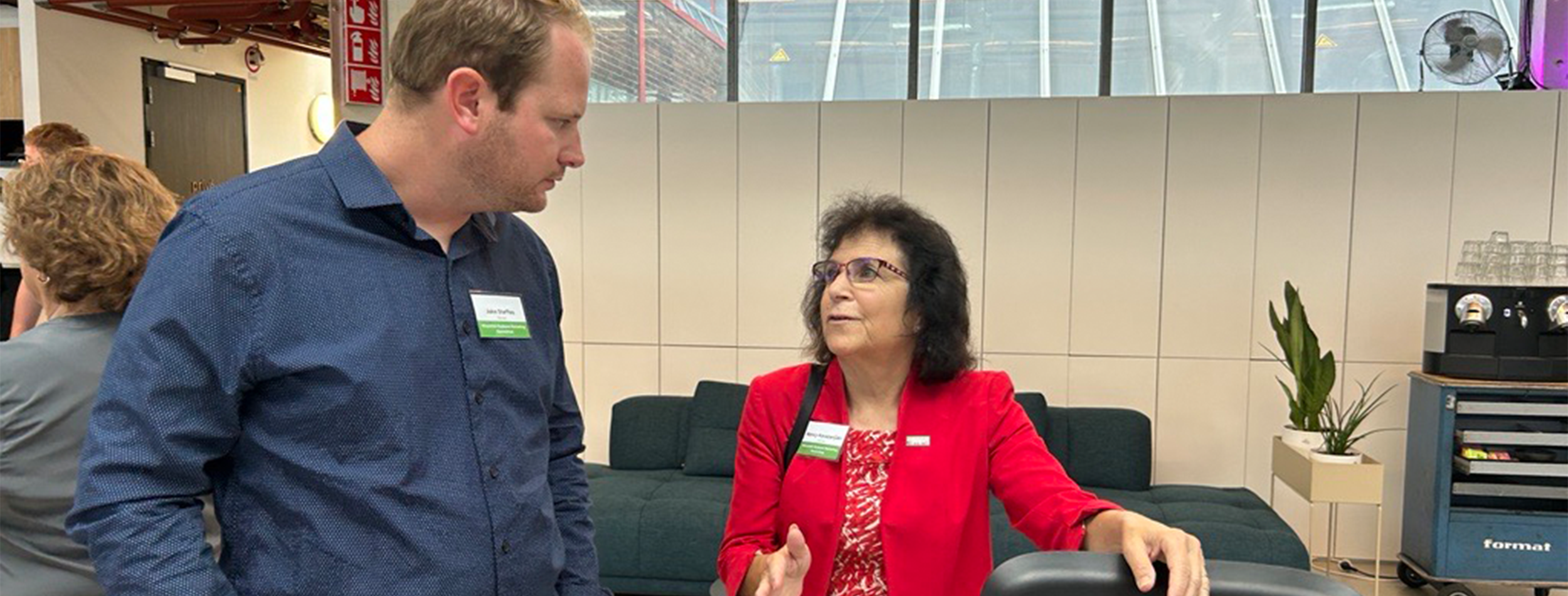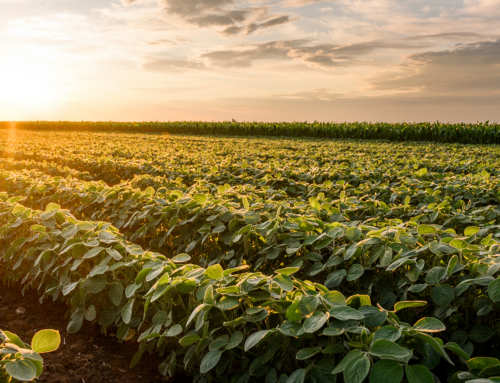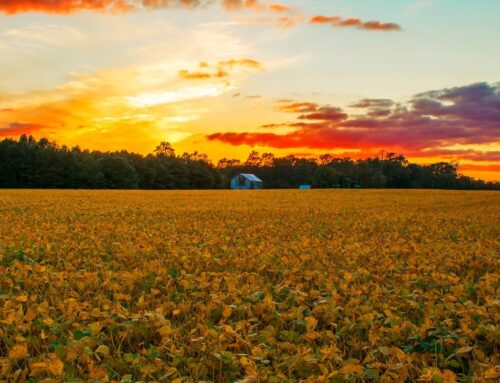
WSMB explores St. Lawrence Seaway potential during visit to Netherlands
Share This
In a state where more than half of soybeans end up beyond its borders, the Wisconsin Soybean Marketing Board (WSMB) sees the value in traveling across the globe to witness the potential of the St. Lawrence Seaway, which could bolster those exports through market diversification.
“There’s an openness for trade and for more conversation to figure out how we can work together,” said Steve Wilkens, WSMB director. “If you look at the map, it is a convenient trade route to go from the Great Lakes over to Europe and where we’re at today in the Netherlands, so if you look at synergy, opportunities and efficiencies, there are a lot of things that make sense. We need the imports from elsewhere to drive exports.”
Wilkens was joined by Nancy Kavazanjian and Sara Stelter, who both represent Wisconsin on the United Soybean Board, along with WSMB Executive Director Adam Kask and Jake Steffes representing the Wisconsin Soybean Association. The group traveled straight to the heart of the supply chain Sept. 2-6, first visiting Rotterdam, Europe’s largest seaport. The trip was hosted by the Specialty Soya and Grains Alliance (SSGA).
“Port transportation is competitive. If we want more use out of the Lakes, we have to work together comprehensively on imports and exports to prove we can make this work,” said Eric Wenberg, executive director of SSGA.
WSMB leaders were joined by several key stakeholders, including Illinois and Minnesota soy checkoff leaders, the Department of Transportation, USDA and Great Lakes St. Lawrence Seaway Development Corporation.
“We need supply chain resiliency and redundancy in the Great Lakes St. Lawrence Seaway system,” said Peter Hirthe, international trade specialist with the Great Lakes St. Lawrence Seaway Development Corporation. “We’ve really been working on opening up the market operationally and economically to amplify global visibility of the Great Lakes St. Lawrence Seaway maritime supply chain.”
It’s the opportunity for Wisconsin soybean farmers that WSMB leaders are focused on right now.
“In Wisconsin, basically every soybean grown has to go out of state somewhere, and to have that direct access to international markets is a great opportunity for us,” said Kavazanjian, who farms near Beaver Dam. “So, here we are looking for ways to seize that opportunity and to make more of it.”
The tour continues through Sept. 6 with several presentations promoting the St. Lawrence Seaway, a tour of the port of Antwerp in Belgium, a visit to the Samga Grain Terminal and more. It’s a visit that WSMB leaders say couldn’t come at a more convenient time, with the recent opening of DeLong’s Agricultural Maritime Export Facility in Milwaukee, which provides seed and agronomy services for growers in Wisconsin and Illinois.
“We feel that really could be a launch pad for a greater amount of products to come into the Milwaukee area and go out through the export channels,” Wilkens said.



